Hydrocarbon, Wastewater + Runoff Pollution
May 15, 2024
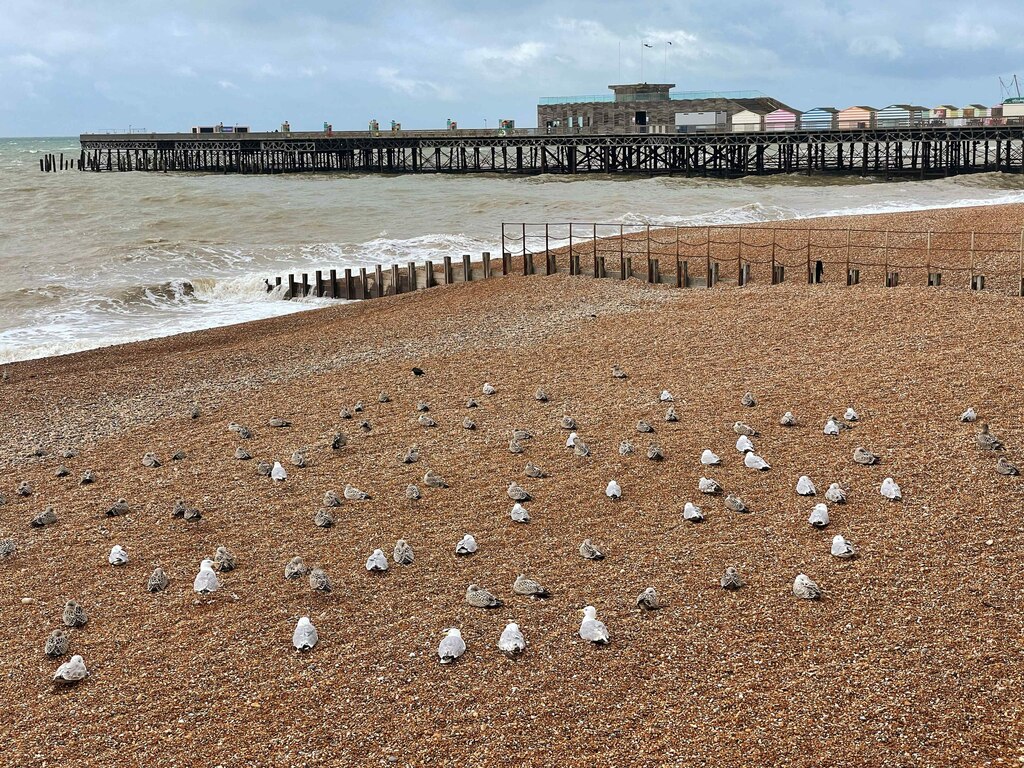
‘I swam in the polluted Channel and now I need hearing aids’ – the Times UK
Excerpt:
Maggie Alderson blames poor water quality off Hastings for an infection that punctured her ear drum. Samples taken from the sea would appear to back that up
It’s no exaggeration to say it’s affected every aspect of my life,” said Maggie Alderson, a Hastings resident who blames the polluted English Channel for an infection that caused hearing loss in one ear two years ago.
Hastings has been in the spotlight again this week for an acute problem over water supply, with more than 30,000 homes relying on bottled water because of a burst mains pipe. All the homes are now back on mains supply.
However, the East Sussex town also suffers from a chronic challenge: water pollution. Southern Water’s own “Beachbuoy” monitoring data shows hundreds of thousands of minutes of raw sewage spills into the sea at Hastings and St Leonards between December 2020 and March 2023.
Alex Ford, a professor of biology at the University of Portsmouth who analysed the figures, found that seven storm overflows run by the company at St Leonards spilt for 188,125 minutes over the period. Five at Pelham beach, Hastings’ main tourist beach, spilt for 16,259 minutes.
Alderson took comfort in sea swimming during the Covid lockdowns until she got an ear infection in 2022. When she saw a GP, the doctor’s first question was whether she was a sea swimmer. “She said, ‘you are the seventh I’ve seen this week with an ear infection’,” Alderson said. Her infection progressed to the point where her ear drum was punctured. She now wears hearing aids.
The 64-year-old novelist and journalist blames the infection on swimming in seawater contaminated with faeces. Normally, Alderson checked sewage spill maps run by the charity Surfers Against Sewage. That day she did not.
If an operation to repair her ear drum goes well she hopes to return to swimming, but would never do so without ear plugs. “I feel like one of the great joys of my life has been spoilt for me for ever,” Alderson said…
More on Hydrocarbon, Wastewater, + Runoff Pollution . . .
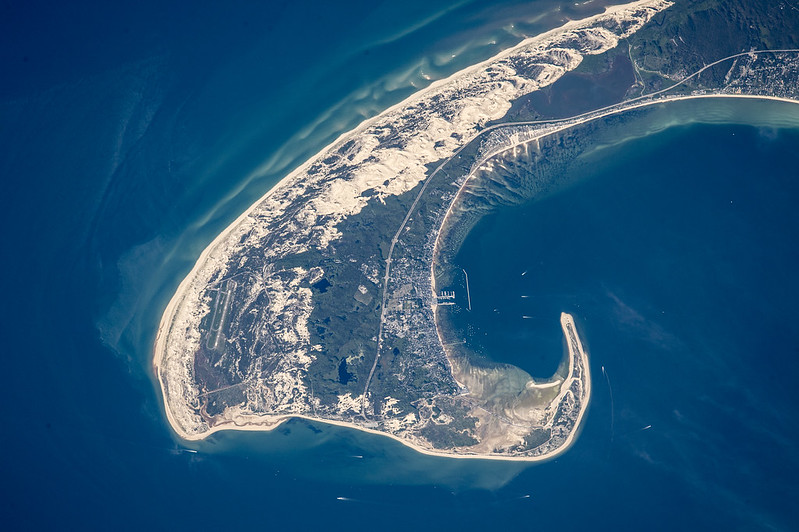
Cape Cod needs to clean up its water. The solutions could cost billions – WBUR Boston | Scientific American
It’s a critical moment for Cape Cod. The Cape has more than 550 miles of coastline, at least 890 freshwater ponds and 53 small saltwater bays bordering the ocean. That water is the Cape’s raison d’être: residents and visitors use it for swimming, boating and fishing, and it forms the backbone of the region’s $1.4 billion tourism industry. Now Cape Cod communities are scrambling for solutions before their ecosystems, economies and property values collapse….

Popular Maui beaches remain open despite no official word they’re safe – SFGATE
Nearly six months after the Lahaina wildfire on Maui, questions remain about how ongoing contamination from the burn zone may be affecting the shoreline of West Maui — even as locals, and an increasing number of tourists, continue to swim and surf at beaches…
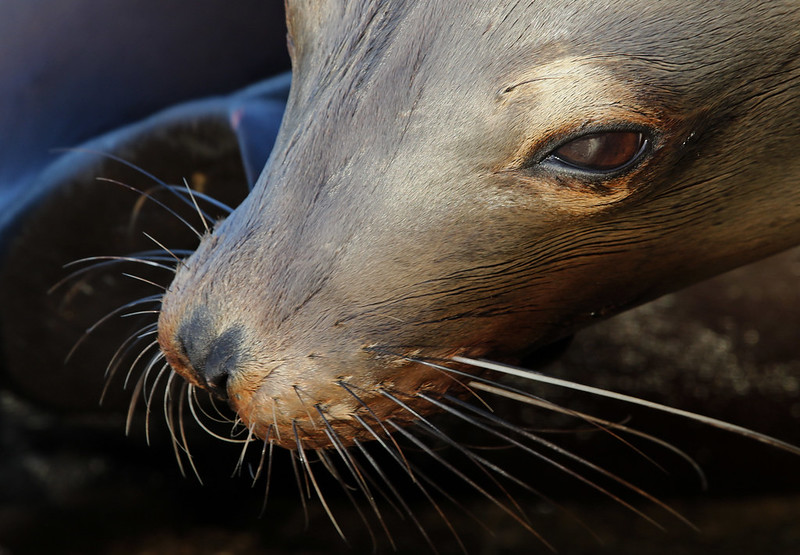
How Terrestrial Turds Lead to Marine Maladies – Hakai Magazine
Diseases from land animals are killing marine mammals at an alarming rate. Can we stem the flow of feces?

We Traced the Forever Chemicals Getting Into Ocean Ecosystems – the Conversation
PFAS, the “forever chemicals” that have been raising health concerns across the country, are not just a problem in drinking water. As these chemicals leach out of failing septic systems and landfills and wash off airport runways and farm fields, they can end up in streams that ultimately discharge into ocean ecosystems where fish, dolphins, manatees, sharks and other marine species live…
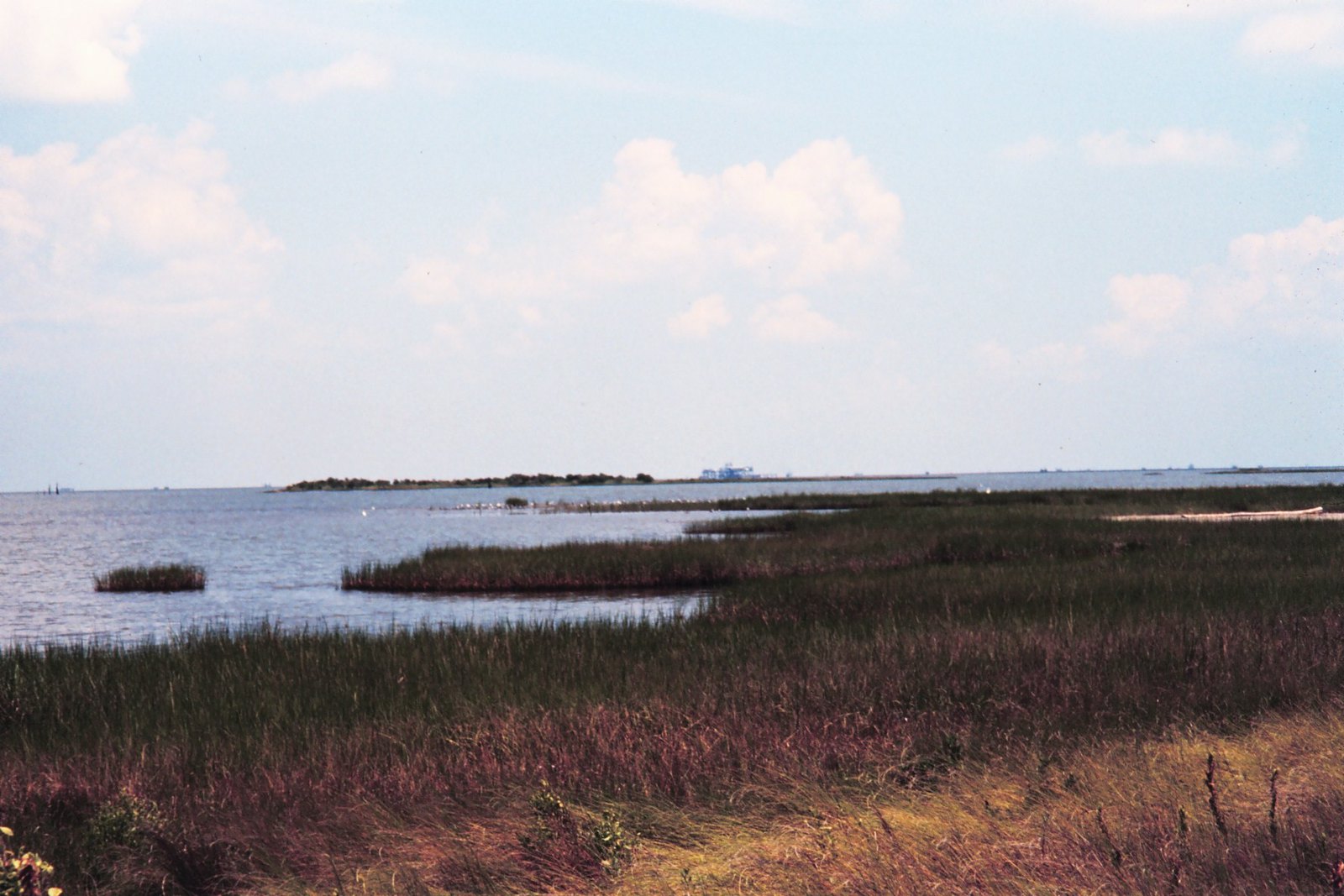
Oil spill tops 1 million gallons, threatens Gulf of Mexico wildlife – the Washington Post
Skimming vessels are working to contain and recover oil from a spill in the Gulf of Mexico off the Louisiana coast, which the U.S. Coast Guard on Tuesday estimated to be at least 1.1 million gallons. The spill was discovered Thursday near a 67-mile pipeline operated by the Main Pass Oil Gathering Co., owned by Houston-based Third Coast Infrastructure, and the Coast Guard said it was still reviewing whether that pipeline was the source of the contamination…
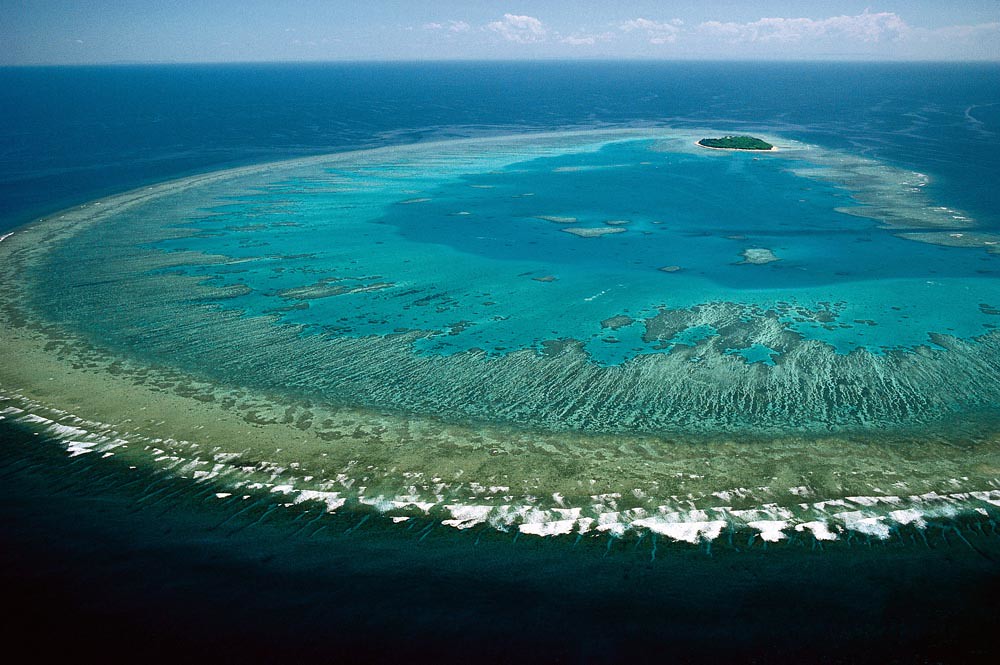
Groundwater a significant source of pollution on Great Barrier Reef, study shows – the Guardian
Scientists say they have discovered large flows of pollution are reaching the Great Barrier Reef after soaking into underground water, a finding that could have implications for policymakers focused on cutting pollution from river catchments. The new research claims almost a third of dissolved inorganic nitrogen and two-thirds of dissolved inorganic phosphorus in the reef’s waters are coming from underground sources – an amount previously undocumented…

Road Hazard: Evidence Mounts on Toxic Pollution from Tires – Yale Environment 360
Researchers are only beginning to uncover the toxic cocktail of chemicals, microplastics, and heavy metals hidden in car and truck tires. But experts say these tire emissions are a significant source of air and water pollution and may be affecting humans as well as wildlife…
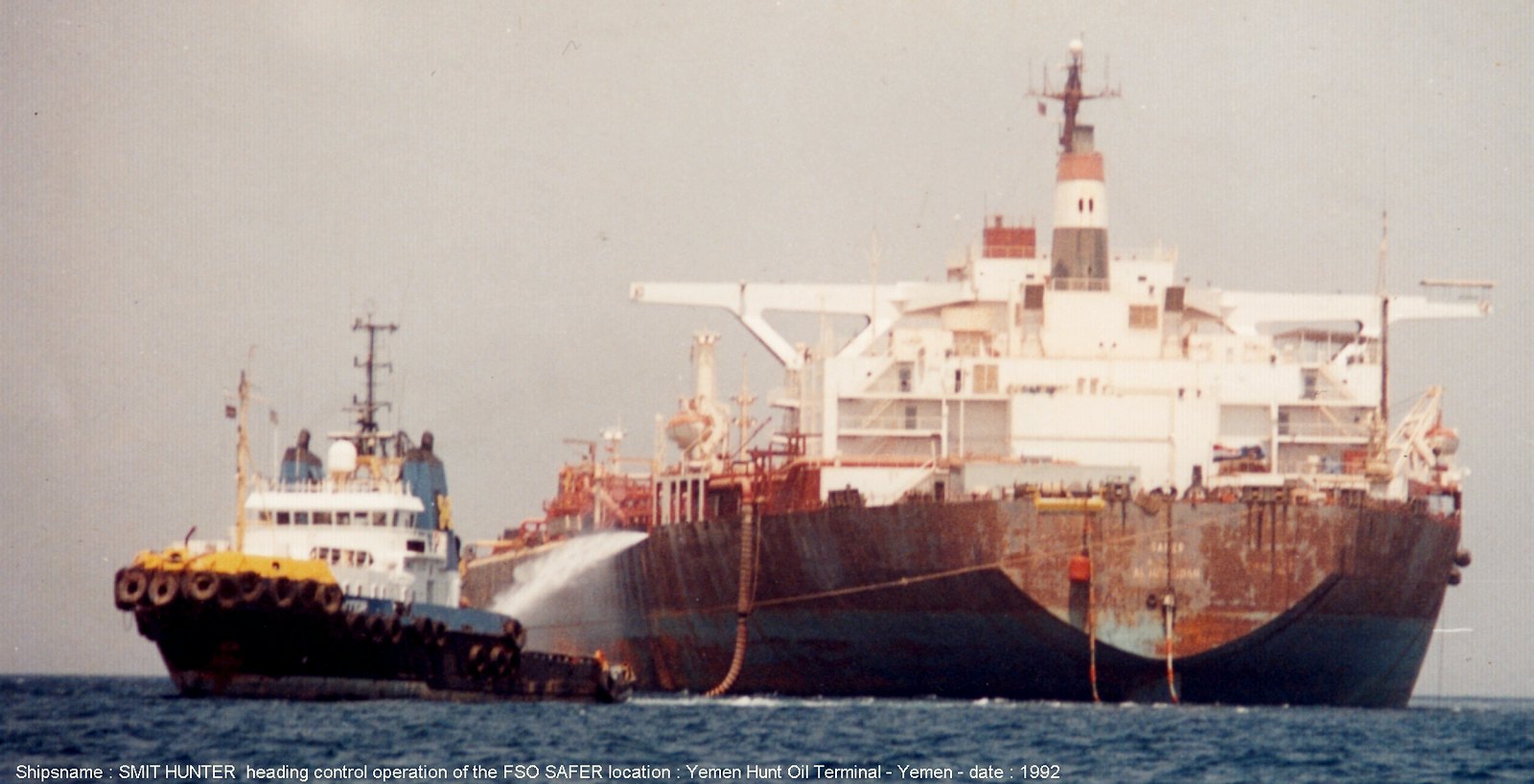
The race to defuse an oil ‘time bomb’ disaster threatening the Red Sea – Grist Magazine
Ten days ago, the crew of a ship called the Nautica lifted anchor in Djibouti and motored north in the Red Sea. Two tugboats met the vessel about five and a half miles off the coast of Yemen, then guided it into place alongside the FSO Safer, a crumbling, abandoned oil tanker thought to hold 1 million barrels of crude.
Thus began an operation that’s the ecological equivalent of placing the pin back into a hand grenade…

Is Fukushima wastewater release safe? What the science says – Nature
Despite concerns from several nations and international groups, Japan is pressing ahead with plans to release water contaminated by the 2011 meltdown of the Fukushima Daiichi nuclear power plant into the Pacific Ocean. Starting sometime this year and continuing for the next 30 years, Japan will slowly release treated water stored in tanks at the site into the ocean through a pipeline extending one kilometre from the coast. But just how safe is the water to the marine environment and humans across the Pacific region?
